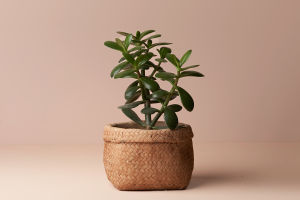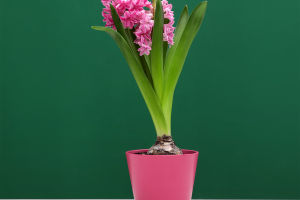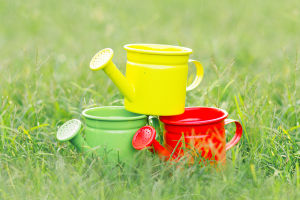Herb Robert, also known as Geranium robertianum, is a small, eye-catching wildflower that thrives in shaded woodlands and gardens. Known for its vibrant pink flowers and finely divided leaves, this resilient plant has become a favorite for both garden enthusiasts and nature lovers.
Herb Robert’s natural charm and ease of care make it a fantastic addition to any plant collection, especially for those who enjoy a more rustic or woodland aesthetic.
Appearance and Characteristics
Herb Robert is easily recognizable by its bright, five-petaled pink flowers that measure around one centimeter across. Its leaves are delicate and feathery, often tinged with red during cooler seasons. The plant itself is small, generally reaching about 30 centimeters in height, and has a unique, somewhat earthy scent that attracts bees and butterflies. Lykkers will be delighted to know that Herb Robert’s flowers can add a subtle pop of color to shaded corners, filling the air with a gentle fragrance.
Growing and Care Tips for Herb Robert
One of Herb Robert's most appealing traits is its low-maintenance nature. Lykkers will find this plant easy to grow with minimal effort, whether in a garden bed, along a shady path, or in a container.
Here are some essential tips for growing and caring for Herb Robert:
Soil: Herb Robert thrives in well-drained, slightly acidic to neutral soil. Rich, organic matter helps it grow well, but it also tolerates poorer soils.
Light: This plant prefers partial shade but can tolerate full sun in cooler climates. If planted in direct sunlight, it may need more water.
Watering: Herb Robert is quite drought-tolerant but benefits from regular watering during dry periods. Overwatering should be avoided to prevent root rot.
Temperature and Climate: Hardy in USDA zones 5–8, Herb Robert can handle cooler climates and even light frosts. It performs best in temperate regions with mild summers.
Tips for Planting and Picking
Herb Robert seeds and young plants are available in specialty plant stores or online. A pack of seeds typically costs around $2 to $5, while young plants may be priced from $4 to $8, depending on the season. For the best results, Lykkers should plant seeds in early spring or fall, giving them time to establish before extreme temperatures. The plant self-seeds readily, making it a great choice for those who wish to see it naturally spread.
Fun Facts About Herb Robert
Historical Use: Herb Robert has been used in traditional medicine for centuries, often as a remedy for wounds and as a diuretic. In folklore, it was thought to have protective qualities against negative energy.
Attracts Pollinators: Bees and butterflies are naturally drawn to Herb Robert's bright pink flowers, making it a lovely addition for pollinator-friendly gardens.
Natural Pest Repellent: Herb Robert is believed to repel certain pests, particularly mosquitos, thanks to its distinctive smell. Planting it around outdoor seating areas can provide a touch of natural protection.
Where to See Herb Robert
Herb Robert is common in shaded woodland areas, along hedgerows, and in old gardens throughout North America and Europe. For Lykkers interested in observing this delightful plant in the wild, a walk through forested paths in spring or early summer provides the best opportunity. Botanical gardens often feature Herb Robert as part of their woodland or native plant sections.
How to Use Herb Robert in the Garden
Adding Herb Robert to a garden not only enhances its visual appeal but also promotes biodiversity. Its low-growing habit makes it an ideal ground cover, especially in shaded areas under trees. Planting Herb Robert alongside other woodland plants such as ferns and hostas can create a lush, layered look.
In Summary
Herb Robert’s charm, combined with its hardiness, makes it a fantastic choice for Lykkers looking to add a touch of nature to their gardens. With its delicate pink blooms and feathery foliage, this small plant provides year-round interest, minimal care requirements, and the added bonus of attracting beneficial pollinators. Whether seen in a woodland setting or cultivated in a cozy garden corner, Herb Robert is a truly delightful addition for any plant lover.


